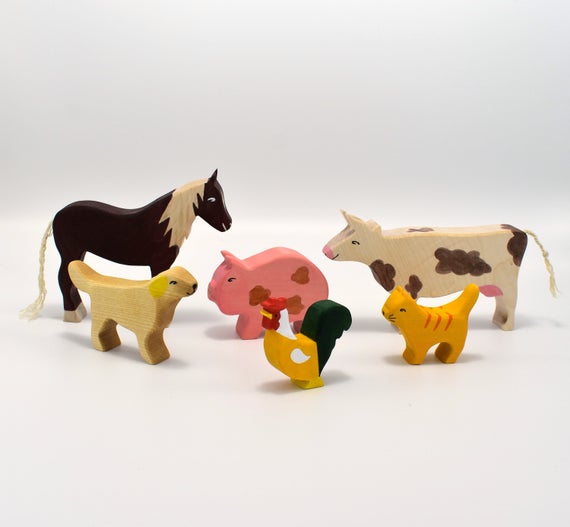Phonics in Bangkok – A parent’s guide to Phase 1 – Aspect 1

Phase 1 is broken down into 7 Aspects and 3 Strands.
Aspect 1: General Sound Discrimination – Environmental Sounds
Aspect 2: General Sound Discrimination – Instrumental Sounds
Aspect 3 : General Sound Discrimination – Body Percussion
Aspect 4 : Rhythm and Rhyme
Aspect 5 : Alliteration
Aspect 6 : Voice Sounds
Aspect 7 : Oral Blending and Segmenting
The 3 Strands (applied to each of the Aspects)
1.Tuning into Sounds
2.Listening and Remembering Sounds
3.Talking about Sounds
The activities played and practiced within the seven aspects should be designed to help children:
- listen attentively;
- enlarge their vocabulary;
- speak confidently to adults and other children;
- discriminate phonemes;
- reproduce audibly the phonemes they hear, in order, all through the word;
- use sound-talk to segment words into phonemes.
Activities to develop Environmental Sound discrimination
Listening walks
Talk to your child about being a ‘good listener’. Good listeners should be very quiet and always have their eyes and ears ready. Ask the children to practice listening before their walk and elicit different environmental sounds around them. Big ears could be made and warn by the children as a starting activity to act as a prompt for future listening walks. You could also be ready to record any sounds (there are a variety of sound recorders available for smart phones such as Voice Recorder. When you go on the listening walk with your child make sure to note down or alternatively record each of the sounds that you can hear and identify. When you return home it is important to go through each one and scribe or draw them for your child.
Listening Moments
Once again remind your child how to be a good listener. Unlike a walk, moments are an opportunity to momentarily stop and listen. If you are aware of something that is about to happen, come near the house, maybe you hear a police car or tractor in the distance, or maybe you are outside and can see animals in the distance. Listening moments are about being mindful to remember to let your child practice their skills at interesting and opportune moments.
Drumming Outdoors
With some drumsticks (chopsticks, sticks) in hand head outside and explore how you can both make different sounds by hitting the sticks against different objects; doors, trees, fences, metal, wood, plastic, glass, pots, walls, poles, etc.) Ask your child which sounds are their favourite, which are loud and which are quiet. See if they can attempt to describe the sounds in different ways.
Lost in the Jungle
Using one of your child’s teddy bears, action figures or dolls hide them somewhere in the garden or home. Tell your child that they are the rescuer. You are going to pretend to be ‘teddy’ and call ‘help’ so that the rescuer can find them. Call louder when your child moves toward the teddy and quieter when they move in the opposite direction. Ensure to change volume very slightly and in this way your child will be able to practice their hearing skills for volume.
Sound Bingo
Feel free to make bingo cards if you are feeling creative but there are so many available on line that it probably isn’t worth your time. This is a great game though and one that lasts as you can add the element of competition should you play with siblings or join in yourself. There are lots of versions available for download on Twinkl. Make a recording on your phone using a sound recorder and play them in random order. When your child hears the sound they can cross off/cover the picture that relates to the sound. The winner covers all the picture first.
“Mrs. Browning Has a Box” (or insert similarly syllable’d name of your choice – to be sung to Old Mac Donald)
Using a cardboard box,on its side, place different but familiar items in the box so that your child cannot see. Pick up, shake and rattle each object e.g. keys in turn and sing,
Mrs Browning has a box, ee, I, ee, I, o
And in that box she has a .., (rattle and shake an object)
With a …. …. here and a … … there… and so on…
Once your child gets faster at recognizing the sounds, exchange for some which are slightly more unfamiliar.
Describe and Find It
Using farmyard toys and keeping them out of sight tell your child that you are going to describe an animal. This animal has four legs, it has two horns..
Ask your child to make the noise which the animal might make. The toys can be swapped for anything that makes a sound; vehicles, jungle animals or even musical instruments.
Socks and Shakers
Using some old socks, fill the ends with any materials that make a noise; rice, pasta, pebbles and stones, marbles, shells, coins. Either ask your child to shake the socks and tell you what they have inside or shake them yourself. The first time you play this activity you could start by displaying all the noisy fillings and then filling all socks together. A second step would be to allow your child to hold shake and feel the sock fillings. The final step would be to only allow your child to identify the objects by their sound alone.
Favourite Sounds
When you feel as though your child is ready to move on to Aspect 2 a nice activity to do together is to make a poster of all their favourite sounds. Encourage your child to recall sounds they have heard in different places they’ve been. One half of the poster could be sounds they like and the other, sounds which they do not like. Encourage them to describe the sounds, and talk about why they like or dislike it. To make the poster you can either draw images, or print them from the internet or find them in magazines.
Have fun!
Check out our complete ‘Phonics in Bangkok’ series.
